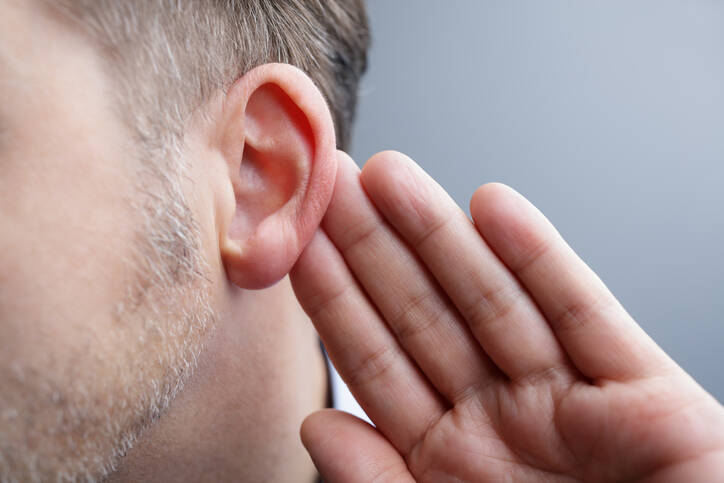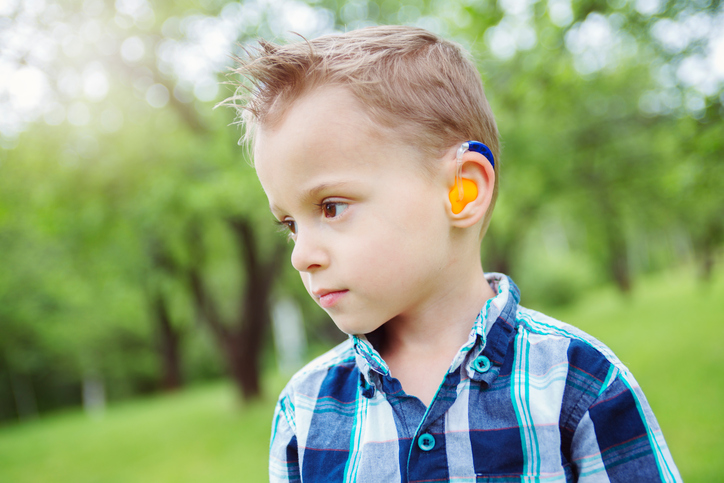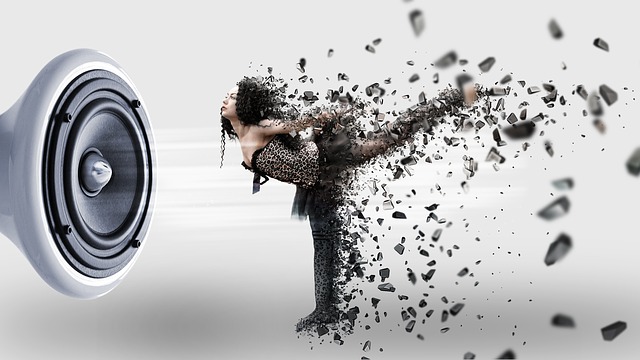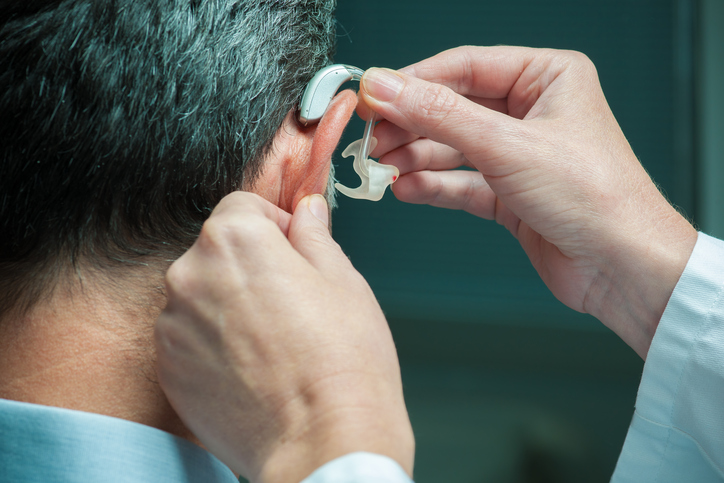- wikiskripta.eu - Wikiskripta and hearing impairment
- sestra.sk - deafness
Deafness: what causes it? (Sudden, long-term or short-term)

Hearing is a sensation we use every day. It is necessary for verbal communication. It also informs us about what is happening around us. For example, it warns us of danger. Its disorder can be congenital or acquired. It is caused by several diseases.
In this case, various amplification devices can be used to help the affected person compensate for the weaker perception of sound. However, in case of complete deafness, this method cannot be applied and often results in irreversible deformities and conditions.
Total deafness is a severe hearing loss. A person cannot perceive sound information from the environment. It can affect one ear or both ears.
How hearing is damaged also depends on which part of the hearing apparatus or nerves leading from the ear to the nerve centre in the brain is damaged.
Permanent hearing loss
Irreversible hearing damage and permanent deafness occurs when the auditory nerve or auditory pathway is damaged. Damage can also occur directly in the brain centre that processes perception.
It can be congenital or acquired

Deafness can either be congenital based on a genetic predisposition or it can occur during life. In this case, it is referred to as acquired. Otosclerosis is a hereditary disease. Congenital diseases where hearing impairment is present include:
- Pendred syndrome
- Usher syndrome
- Stickler syndrome
- Waardenburg syndrome
- Connexin 26 deafness or GJB2-derived deafness
There are cases of damage during the development of the auditory system. It can also occur during severe childbirth as a result of damage to the head.
Hearing disorders are not only congenital and genetic. They can be caused by various diseases or health problems in children during pregnancy or shortly after birth.
Impaired pitch perception
As regards the different types of severe hearing impairment, in the context of partial deafness, a person can perceive, for example, only low and high tones. Tones from the spectrum between the threshold values are not perceived.
The opposite disorders are also common, where the patient hears whispers or high tones poorly, but has no problem with deafness with sounds in the middle part of the sound spectrum.
Loud music is harmful

Damage to the eardrum occurs when the hearing system is subjected to prolonged strain. For example, by listening to loud music or working in a noisy environment for a long time.
The worst case scenario is loud music in a small space. Like listening to music in a car. If the working environment is unsuitable, protective equipment should be used.
Infectious diseases
With meningitis, the auditory centre in the brain is also compromised, which can result in permanent hearing loss. Possibly as a result of other infectious diseases or cancers of the ear and hearing system.
For example, hearing damage is a risk with mumps (inflammation of the parotid gland). There is also a risk with toxoplasmosis, which is an infectious parasitic disease.
Even untreated otitis media in children can lead, for example, to hearing loss, sometimes even complete hearing loss. Especially if the inflammation spreads to the inner ear.
One example of hearing impairment is an infectious disease caused by the measles virus (paramyxovirus). In this case, one of the complications is otitis media.
Even people with HIV or AIDS can have impaired hearing as a result of the disease. And in newborns, for example, chlamydia and syphilis cause deafness.

Is it possible to use the device?
In middle ear disorders, it is possible to use electronic devices to improve the quality of hearing. In inner ear disorders, this is not possible. In this case, the affected person hears sounds but does not understand them and the perception of sound itself is impaired.
Deafness due to injury
A person can also become deaf as a result of various injuries. A good example is blast damage. The eardrum is ruptured by the shock wave. And in certain circumstances, the hearing is irreversibly damaged.
Video about hearing loss
Diseases with symptom "Deafness"
Interesting resources










